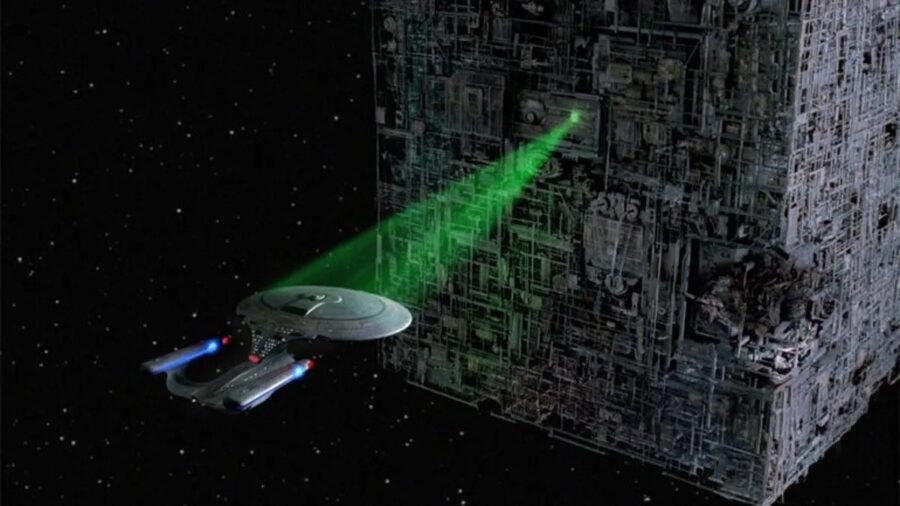Scientists Make Star Trek Technology Real With A Working Tractor Beam
Scientists how now developed a mini tractor beam that can pull atoms and nanoparticles.

Scientists have built a real working tractor beam, albeit at a very small scale. The device, which attracts one object to another from a distance, originates in fiction. The term was coined by E. E. Smith who mentioned the technology in his 1931 novel Spacehounds of IPC, and since the 1990s, researchers have worked to make it a reality.
The newly developed microscopic tractor beam, (also known as optical tweezers) can be used to pull atoms and nanoparticles in medicine and research. But now, Chinese scientists developed a device that’s strong enough to manipulate macroscopic objects. That means people can see it working without using a microscope, according to a study published in the Journal Optic Express.
The initial tractor beam experiment took place in a controlled lab setting. Scientists manipulated a very specific type of Graphene composite under a rarefied gaseous environment. The pressure was lower than Earth’s atmosphere.
The laser caused the far side of the composite to heat up, releasing gas molecules. As a result, the structure bent toward the light.
Speaking about the tractor beam via Popular Mechanics, scientists said the new approach causes the light-pulling force to have a much larger amplitude. “It is more than three orders of magnitudes larger than the light pressure used to drive a solar sail, which uses the momentum of photons to exert a small pushing force,” they explained.

In the experiments, a torsional pendulum device presented the laser-pulling phenomenon. By controlling the interactions between the light, object, and medium, the new study shows that flexible light manipulation of macroscopical objects is feasible. It also highlights the complexity of laser-matter interactions.
Although the tractor beam is not ready for mainstream use, the non-contact, long-distance pulling approach may be useful for various scientific experiments. According to Wang, the rarefied gas environment used to demonstrate the technique is similar to findings on Mars. So, it might have the potential for manipulating vehicles or aircraft on the red planet.
In recent years, other researchers have experimented with the tractor-beam concept, but the results were mixed. NASA was interested in using the device to gather samples with the MSL Curiosity surface rover, Universe Today reports. One of the rover’s instruments is the ChemCam which includes a laser that vaporizes rock or regolith.
It also uses a micro-imager to measure its components spectroscopically. At the time, NASA wondered if a tractor beam could pull small particles from the vaporized sample for a more accurate study. During a 2010 NIAC presentation, the space agency said if tractor-beam technology was included in a new rover, it could result in additional scientific capabilities.
Meanwhile, the team led by Lei Wang plans to continue pushing the tractor beam possibilities. Their work expands the scope of optical pulling from microscale to macroscale, which has great potential in optical manipulations. But the most critical point is that the study moves expanded movement from microscopic to macroscopic, which alone is a significant threshold to cross.
However, while a tractor beam may be used in spacecraft one day, they’re unlikely to resemble the devices in Star Wars and Star Trek.












